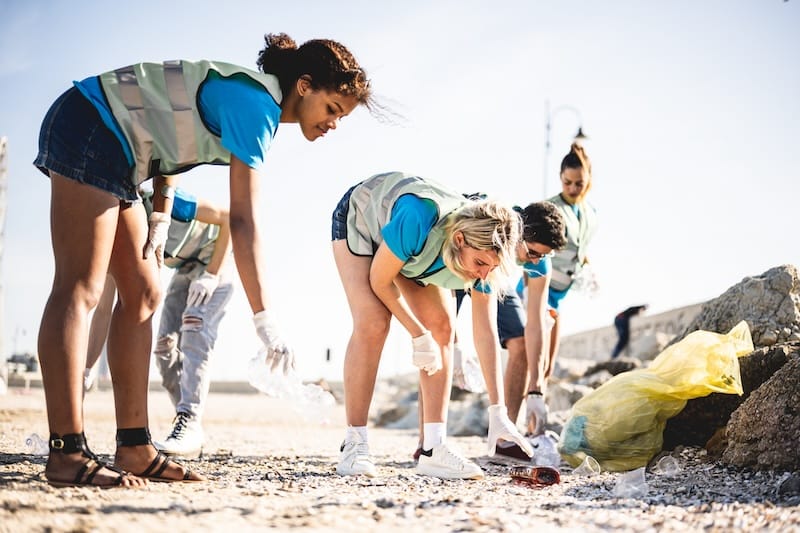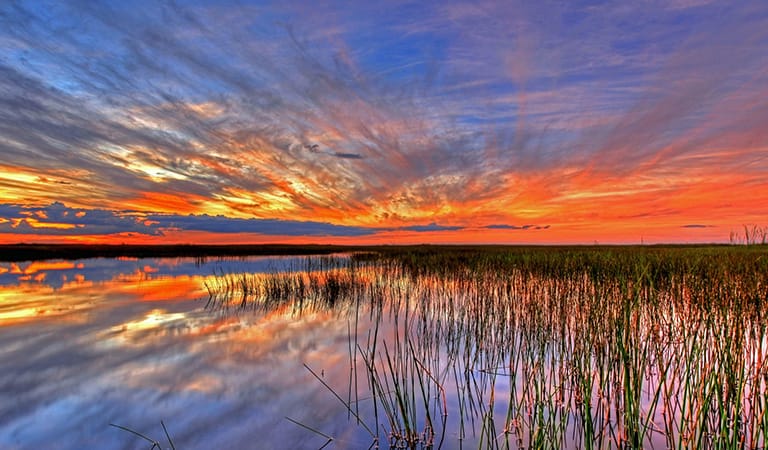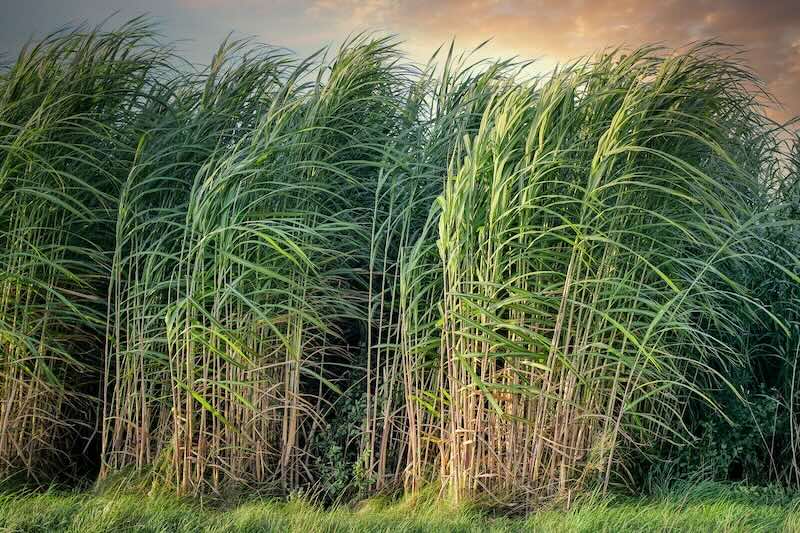We flag up the Florida administration’s recent decision to turn down a multi-million dollar federal grant offered to tackle carbon emissions, extreme drought conditions at the start of Florida’s dry season despite Florida being set to face a greater financial hit due to extreme weather events than any other part of the country. We also highlight a report stating that the Everglades Agricultural Area has, unwittingly, become a greenhouse gas emissions hotspot (although sugar cane producers would claim otherwise).
Looking on the positive side – something we always try to do – we report on two educational initiatives designed, in different ways, to help to spread the message of conservation to the next generation. From the creation of a huge new educational hub to teachers meeting to share knowledge and experience, these stories offer hope for the future, as do the winners of the South Tampa Community Water Wise Award. From a wider perspective we look at a comprehensive list of the environmental achievements of the Florida Department of Environmental Protection (DEP) during 2023, and finally detail a story which shows, once again, that the Florida weather tends to have the last word – in this case on water levels in the Everglades.











